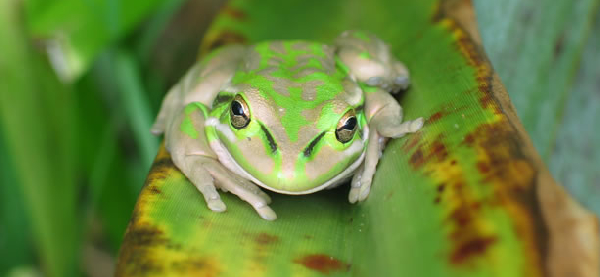Photo by Earthwise Valley
Visiting a rainforest can be one of the purest and most intense travel experiences possible. Stripped away are the comforts of air-conditioning, mosquito nets and antiperspirants that actually work. Enter the rainforest environment and you will face exhausting heat, extreme humidity and creatures that will consistently bite you in places least expected.

